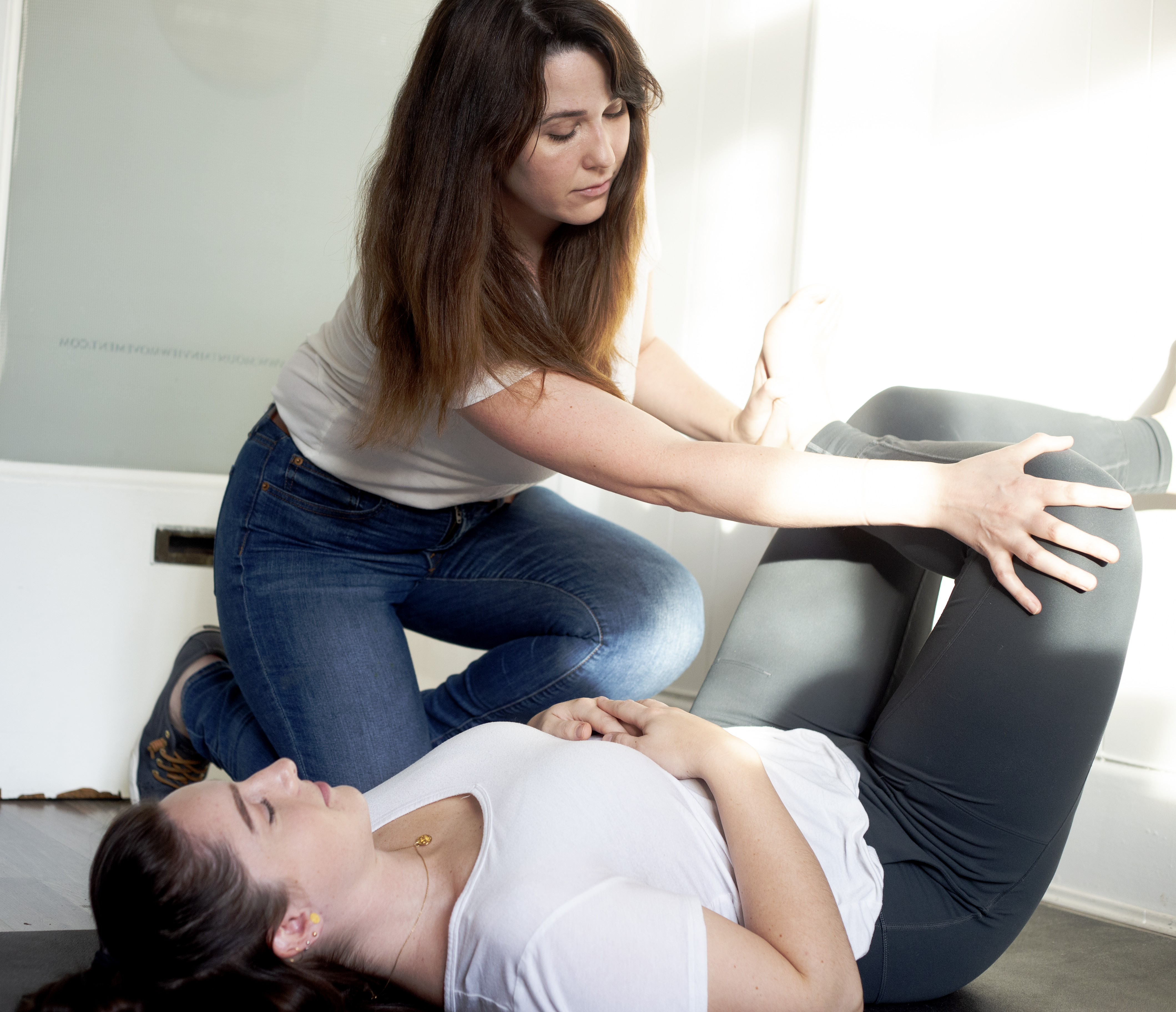Knee pain for a runner or cyclist may occur for several reasons including
- overuse
- imbalances from tight outer hip and quad muscles vs weak core and inner thigh muscles
- muscle weakness or tightness coming from hip rotator muscles, glutes, hip flexors
All these factors may throw off your alignment and put unnecessary pressure on your knees.
Although you feel the pain in your knee, the true source may lie above or below the knee. Key areas to check are your hips, ankles and/or your foot strike. Weakness in your lower leg may also contribute to knee pain.
You may find ice, natural anti-inflammatories like turmeric, drinking a lot of water and magnesium help. Some find yoga very effective for managing knee pain. Having a rest from your exercise program is often a good idea. If your knee pain lingers for more than a few weeks it’s best to visit your healthcare practitioner. In many cases a sports massage therapy may help with aiding recovery, increasing the range of motion and managing pain.
Massage therapy along with a strengthening program is an effective way to remedy your knee pain. Building muscle in your core may also help, as well as stretching muscles in your knees, glutes, thighs, calves and hips to help improve alignment and reduce knee pain.
Generally, a shorter step usually takes the pressure off your knees. Also noticing that your foot strike is even and balanced is very important for healthy knees. Any imbalances with your strike may eventually lead to knee pain. Try mixing up your training routine with some swimming. Check out some good quality orthotic insoles and maybe some new running shoes.
If you cycle, ensure your seat is high enough to allow your knee to straighten out ( but not hyperextend ) when the pedal is at its lowest point.
As it is with most things, every case is specific and different. “Knee pain” is such a general umbrella term but in order to correctly give a diagnosis, your therapist needs a lot of information about your pain specifically. If you are interested in seeing how massage therapy may help your knee pain, simply drop us an email.

